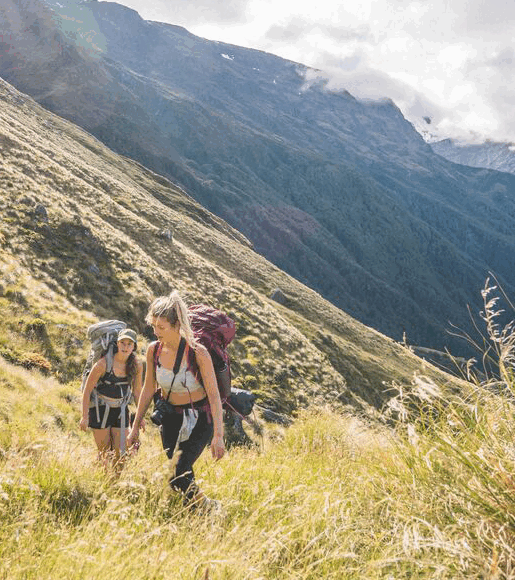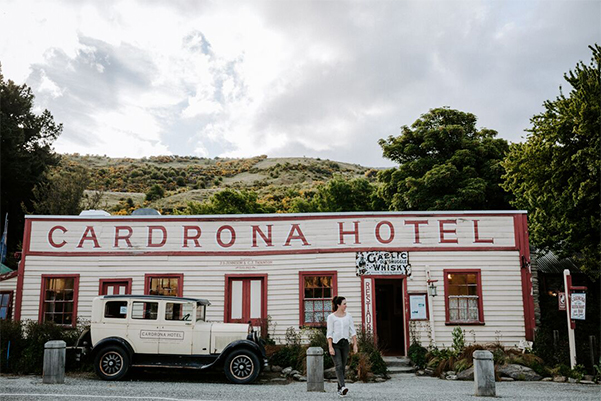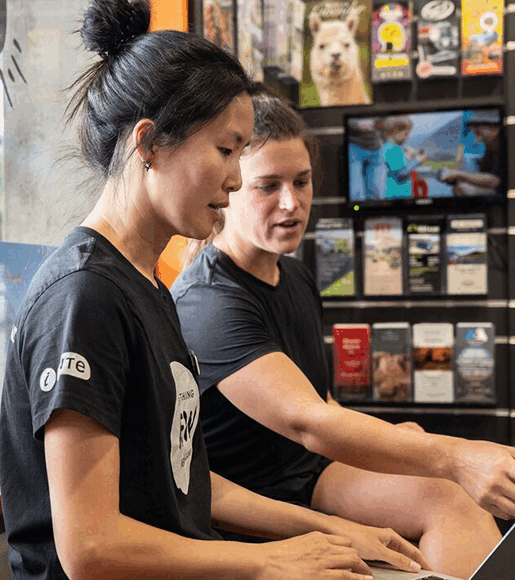
The Tourist Trap
Tourism has always been the lifeblood of the Queenstown Lakes District providing countless benefits to the local economy, surrounding communities and related industries. However, it also placed considerable strain across these areas due to the sheer volume of visitors that wasn't showing any signs of slowing down.
Then COVID-19 came along. The lack of overseas visitors the country saw due to its closed boarders had significant impact on the industry. In just one year $15.6b had been lost to the New Zealand economy, including a drop of $1.7b in GST to the government from international visitors - source
On the flip side, it also created a unique opportunity to pause and reflect on the negative impacts that high-volume tourism has had on both the environment and communities alike. This reflection is a global industry trend, which has been keeping Regional Tourism Organisations (RTO’s) busy juggling between supporting the local visitor economy whilst rethinking more sustainable avenues for a better tourism future.


